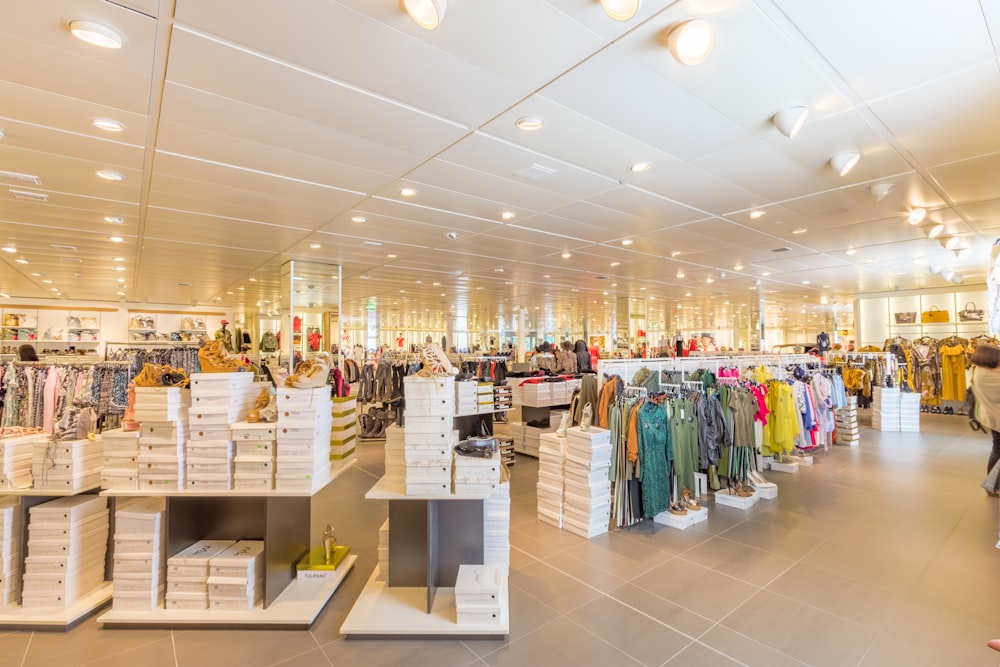
The study also shows that 85% of consumers plan to shop in store more than they had previously and they would increase in-store spending by 18%. With this in mind, there is huge opportunity for retailers to capitalize on this trend and create more opportunities to connect with their customers. However, with consumers more used to leveraging digital tools as part of their shopping journey, the retailers that are able to adapt their in-store customer experiences to leverage these technologies with be the ones to capture more market share and drive stronger loyalty.
Here are a few key ways merchants can leverage digitization to drive a better in-store customer experience:
Information Access
One if the key benefits of being able to shop online is the availability of information. Whether you want more details on a specific product, alternative options or even reviews, virtually any piece of information you need to make a purchasing decision is available at your fingertips. However, in a traditional in-store shopping experience, you’re typically at the mercy of the knowledge and availability of store associates which can vary greatly. In addition, it is critical that the information provided is consistent between the online and in-store experience. A consistent experience across channels ensures customers feel comfortable interacting with you regardless of the interaction type.
This is where technology like interactive displays, QR codes and kiosks can play a critical role. In addition to always being readily available for the customer, these digital solutions can provide in-depth levels of detail that make the decision-making process much easier. For example, in a grocery store an associate might not have ideas for dinner recipes available off the top of their head, but an interactive display near the butcher’s counter or produce section would be able to offer a variety of options and even provide options to suggest items that need to be pushed by the store.
Augmented Reality
As my colleague Ryan Ahern wrote about previously, augmented reality can be a great tool to complement the in-store experience. This is particularly applicable for items that aren’t easy to view in-store, like Lego sets or even furniture pieces. Augmented reality can also be used to highlight complementary items, for example if you’re trying on a sweater in a clothing store, a smart mirror could show you a pair of pants and shoes that would complete the outfit. By providing customers with new ways to view and gain information on products you’re also providing more opportunities to upsell customers on additional items that they previously wouldn’t have thought to buy. Whereas with the traditional in-store customer experience, retailers must rely on associates to be comfortable pushing products and additional services.
Self-Checkout
While self-checkout experiences have been popular in grocery and large retailers for a while, they have yet to really make an impact in the retail industry overall. This is ripe for change. As consumers became more comfortable avoiding interactions with store associates during the pandemic, self-checkout became more of a popular option. Not only does it allow customers to complete the transaction on their own time, it also creates opportunities for them to check out at different locations around the store. With self-checkout there is no need to be tied to a single fixed location, making it easier to be more creative with how you leverage your floor space and enables customers to complete their transaction when and where they’re ready. Similarly to the other technologies I’ve mentioned, this also frees up store associates from behind the checkout counter where they’re only really able complete one task, to be able to assist more customers, stock shelves and perform other tasks.
While the pandemic increased opportunities for more digital transactions and interactions with consumers, the in-store shopping experience is critical to gaining and retaining customers and driving additional revenue opportunities. The merchants that buy in to enabling their store fronts with digital solutions and services will be the ones that are able to capitalize on the resurgence of consumers returning to shop in store and realize the maximum revenue growth overal
Interested in learning more about how you can digitally-enable your business? Get in touch!
Peter Charpentier is the senior director of product marketing at Ingenico Group, North America
Photo by Alexander Kovacs on Unsplash










